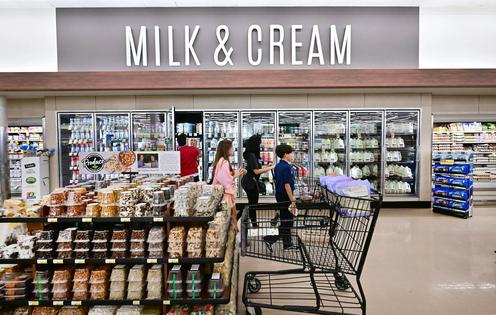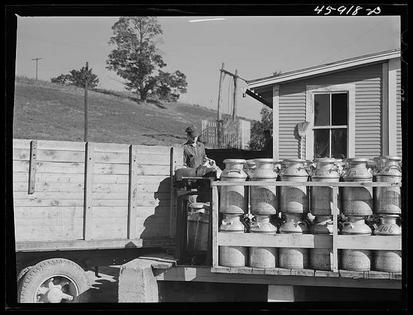What is pasteurization? A dairy expert explains how it protects against foodborne illness, including avian flu
Published in Science & Technology News
Recent reports that the H5N1 avian flu virus has been found in cow’s milk have raised questions about whether the U.S. milk supply is safe to drink. According to the federal Food and Drug Administration, the answer is yes, as long as the milk is pasteurized.
Nonetheless, raw (unpasteurized) milk sales are up, despite health experts’ warning that raw milk could contain high levels of the virus, along with many other pathogens.
As an extension food scientist in a state where raw milk sales are legal, I provide technical support to help processors produce high-quality, safe dairy foods. I also like to help people understand the confusing world of pasteurization methods on their milk labels, and why experts strongly discourage consuming raw milk and products made from it.
Dairy products, like many foods, have inherent risks that can cause a variety of illnesses and even death. Our milk comes from animals that graze outdoors and live in barns. Milk is picked up from the farm in tanker trucks and delivered to the processing plant. These environments offer numerous opportunities for contamination by pathogens that cause illness and organisms that make food spoil.
For example, listeria monocytogenes comes from environmental sources like soil and water. Mild infections with listeriosis cause flu-like symptoms. More serious cases are, unfortunately, too common and can cause miscarriages in pregnant women and even death in extreme cases.
Other pathogens commonly associated with dairy animals and raw milk include E. coli, which can cause severe gastrointestinal infections and may lead to kidney damage; Campylobacter, the most common cause of diarrheal illness in the U.S.; and Salmonella, which cause abdominal pain, diarrhea and other symptoms.
In the 1860s, French microbiologist Louis Pasteur discovered that heating wine and beer killed the organisms that caused spoilage, which then was a significant problem in France.
This heating process, which became known as pasteurization, was adopted in the U.S. prior to World War II, at a time when milk was responsible for 25% of all U.S. outbreaks of foodborne illnesses. In 1973, the federal government required that all milk sold across state lines in the U.S. had to be pasteurized, and in 1987, it banned interstate sales of raw milk.
Pasteurization heats every particle of a food to a specific temperature for a continuous length of time in order to kill the most heat-resistant pathogen associated with that product. Different organisms have different responses to heat, so controlled scientific studies are required to determine what length of time at a given temperature will kill a specific organism.
Since 1924, pasteurization in the U.S. has been guided by the Grade “A” Pasteurized Milk Ordinance, a federal guidance document that is updated every two years to reflect current science and has been adopted by all 50 states. Pasteurization equipment in the U.S. must meet stringent requirements that include sanitary design, safety controls and material standards.
...continued











Comments